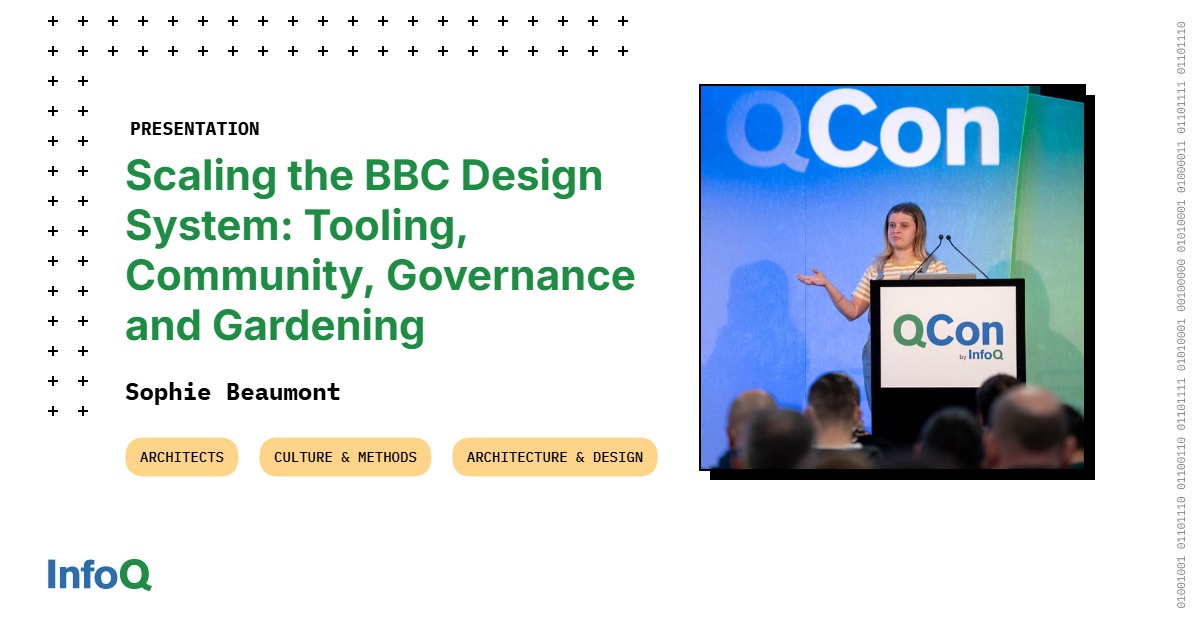
"When we moved into our house, we didn't know what that big bush at the back was. We didn't have any documentation about what was going on with the garden and the plant at the back. We left it and left the fence alone and left the garden alone to redo the inside of the house first. Then our neighbors decided that they needed to nail their garden furniture to that same fence as well that the plant was climbing up and depending on."
"Then that's when we started to see the slightly drunken lean on the fence because it hadn't been maintained very well either. That was on both of us. We weren't chatting about it. Then the fence started to depend on the bush for survival. Now if I want to go ahead and fix any of that, because we didn't have any of our documentation, communication, no clear ownership, and no maintenance of the garden nor the fence,"
A neglected shared fence and an overgrown bush became mutually dependent, creating a fragile, coupled system. Lack of documentation left no record of what supported the fence or plant. Unclear ownership and poor communication allowed neighbors to make uncoordinated modifications that destabilized the structure. Deferred maintenance permitted the bush and fence to form interdependencies that magnified failure risk. Attempts to remove or repair one element alone would likely cause collapse of the other. Addressing the combined failure requires simultaneous, costly intervention. Clear documentation, defined ownership, regular communication, and scheduled maintenance prevent such intertwined decay and expensive remediation.
Read at InfoQ
Unable to calculate read time
Collection
[
|
...
]